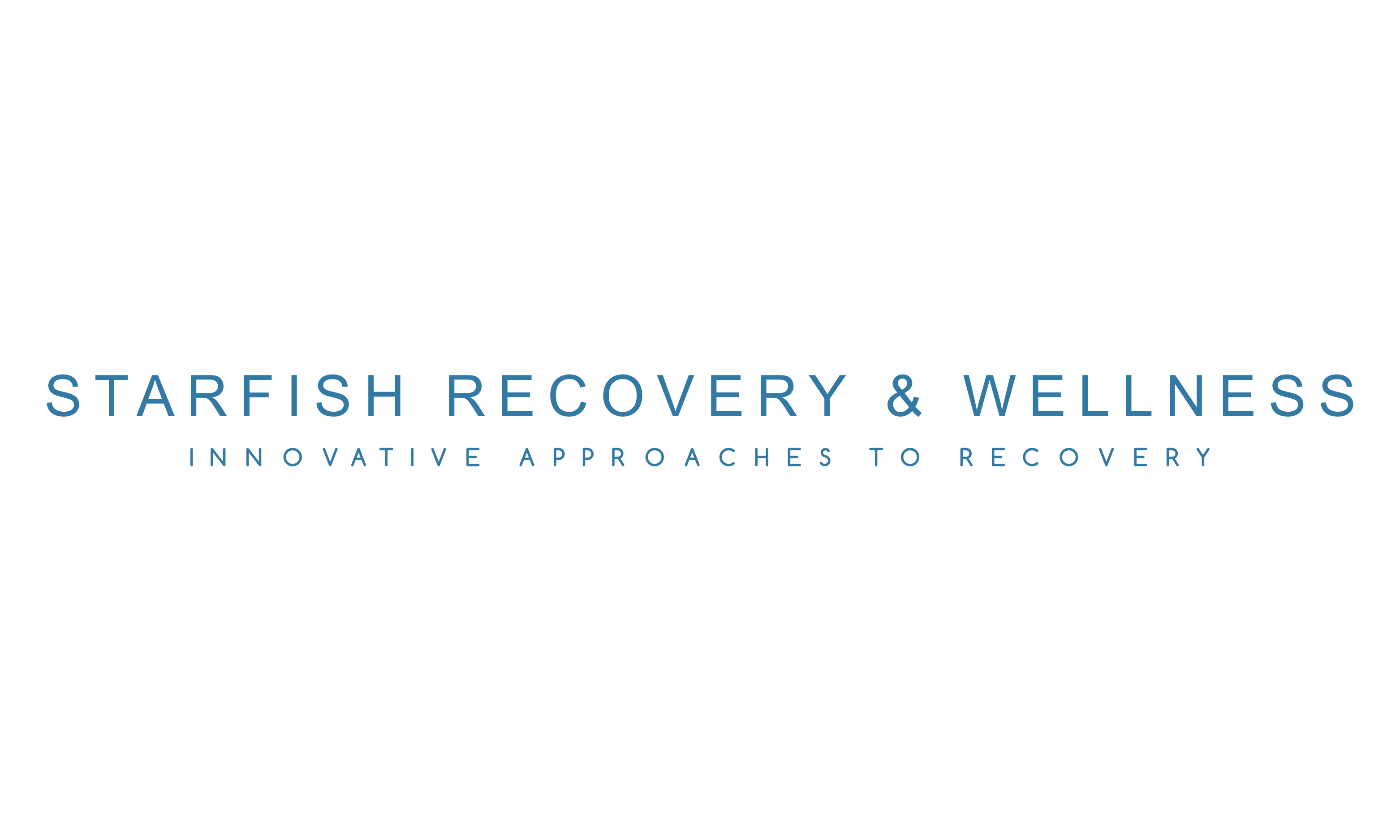The opioid epidemic devastated Portsmouth, Ohio, now a former Army Captain is trying to bring it back — one burpee at a time
By Paul Solotaroff of Rolling Stone
How many ways can a man kill himself before the devil finally says, “Well done?” For Rooster, the answer is unknowable: His seven serious bids didn’t take. There was the time he hanged himself from a tree by the river and swung there, counting heartbeats, till he died. (An old man hunting arrowheads cut his cold corpse down and pounded on his chest to bring him back.) There was the time he downed a bottle of Percocet in the bathroom of a trap house. He’d been blue for minutes when they summoned EMS; they had to pump his stomach to revive him. Rooster’s last attempt was a two-gram spike of fentanyl into his neck. He lanced the carotid artery and was gone before his forehead hit the floor. “They told me I was dead for seven minutes,” he says, worrying the milk-white scar on his wrist. “I fucked my brain up bad that time — hadda learn to walk and talk again from scratch.”
Rooster, 31, is almost two years sober. It’s his longest such stretch since he was 14. He has the midnight pallor of an addict who started young, and who — depending on the light — looks 16 or 60, the oldest-living millennial in southern Ohio. He speaks in a rasp deracinated of tone, as if those years cooking meth made pulp of his larynx and left him only a husk to tell his story. But it’s a story so gripping that we all lean in to hear it, five of us hunched around a conference table at a gym in Portsmouth, Ohio. Because in Rooster’s resurrection is the tale of this star-crossed city and its impossible return from the grave. Portsmouth — the birthplace of the opioid pandemic, a city so sunk by the tide of Oxycontin that people used their pain pills as currency, paying for food and Pampers with Oxy 40s — that town is coming back, house by house, powered by its rescue of men like Rooster. With its tax base in tatters, its downtown a graveyard, and its sons and daughters dying in moldy campers, Portsmouth is saving itself by beating the devil — it spawned the most rigorously comprehensive program for opiate addicts.
They pour in by the hundreds now, these children of the plague: pilgrims from close-by counties who’ve lost everything but the last, faint will to live. And, client by client, Portsmouth reclaims them with months — or sometimes years — of wraparound treatment. An inpatient bed, following a week of detox; an outpatient bed for months of subsidized housing; a suite of apprenticeships in the building trades that convert to full-time jobs. And, lastly, the secret sauce, the Portsmouth touch: four or five days a week of endurance training in kettlebell gyms like this one. Those sweatbox sessions turn addicts into athletes, and athletes into CrossFit assassins. The tribal vibes are fierce in this building — former junkies with Popeye forearms power clean 200 pounds and run trails shoeless.
Their leader sits, cross-armed, at the head of this table, his shirt still slick with sweat from his predawn workout. Dale King, an Army captain who did two tours in Iraq, retaking bombed-out cities with a Special Forces unit at the peak of the Sunni rebellion, is as odd a redeemer as you’ll meet in the recovery game. When he returned from the Gulf in 2007, he railed at the lost souls tramping the streets and what they’d wreaked on his hometown. Syringes in the grass with blood still in the barrel; block upon block of empty stores, the plumbing ripped out for scrap. “I felt safer,” says King, “in Mosul than I did at home.”
But that is the magic and the mission of this town. It was down for so long that the world deemed it past saving: another ghost city on the greasy river that separates Ohio from Kentucky. With no help from the state or federal government to count on, it was up to people like King — and the patrons of his gym, the Portsmouth Spartan Kettlebell Club — to piece together something that looked like progress. And so he and a cadre of off-brand saints — the accountant at the town’s Chevy dealership, a second Gulf War vet who bought and flipped buildings, the executives of Portsmouth’s biggest treatment center, among others — pitched in what money, time, and know-how they had. Their hope was to take back one street, then the next. Instead, they stumbled onto something profound: a DIY haven for the hopelessly lost, and a potentially scalable fix for other Rust Belt cities overwhelmed by drugs. Somewhere along the way, they trademarked their plan, calling it The Portsmouth Method. They don’t have a slogan yet, though one’s staring them in the face. Over the door of King’s office hangs his Special Forces banner. It reads, “No one is coming. It’s up to us.”
Rooster was a wraith when he shambled into town, 98 pounds of rag and bone who ate from the trash behind Tim Hortons. Three years later, he weighs 200, a heavily tatted, self-described “box of rocks.” He trains three hours a day after his factory shift ends, then goes home, cooks a couple of skinless chicken breasts, and settles in for a night of kids’ TV. “I ain’t gon’ lie, I’m a freak for Scooby-Doo,” he says. Like so many others here, his development stopped the day he got into hard drugs. But there’s a sweetness about him that’s hard to square with the horrors heaped upon him as a child. He was abused, he says, by an older relation who beat him like “a grown man.” When Rooster was 10, he says, the relative fractured his jaw and busted six of his ribs. Laid up after a hospital stay, Rooster finally got out of bed — and found his family had moved and left no note. He hitched to Cincinnati, where he wound up pitching crack, a white child hugging a corner in an all-Black neighborhood. It went about as well as you’d expect, he says. “They regulated my pale ass on the daily.”
He became a father in his twenties and got himself a straight job, vowing to clean up for his son. “I was workin’ two shifts and puttin’ Jacob first. That little boy was my whole world.” Till the day he left for work and a relative came to visit, fresh off a stint in rehab. What happened next is a jumble to Rooster, lost to the fog of addiction. The gist, he says, is that his small child died and his death broke Rooster in half. “From that day on, I just wanted to die,” he says. “‘Every time I tried, though, I kept comin’ back. Only, more stupider than the time before.”
He means that literally, alas. After surviving the two-gram shot of fenty, he spent nine months relearning baseline functions, among them the ability to read. “I’m gettin’ better at it,” he says. “The big thing givin’ me trouble now is vowels.” His left leg still drags, causing occasional stumbles, and his process memory has holes you could sail a barge through. “I’ve been taking apart car engines all my life, and now I can’t remember where the fuel lines go or how to set the pressures,” Rooster laments. When asked how long ago his son died, he squints, counting backward on both hands. Thirty seconds later: “I — I’m not for sure,” he croaks. “I have young-timer’s bad.”
What’s young-timer’s?
He looks to King for help. “In Portsmouth, they call Alzheimer’s ‘old-timer’s,’” says King. “So, you know, like that, only younger.”
Unsteady as Rooster is, though, here’s a man with a full-time job, driving a car he just bought with his earnings. By summer, when he’s two-years sober, he plans to sign his first lease and bear down on his reading lessons. When King opened his gym here in the Boneyfiddle section of Portsmouth, this former nightlife crawl was dust-bowl barren, its clubs and bars shuttered for 20 years. Now, these cast-iron buildings house loft conversions, and crowded pubs serve grass-fed burgers to the artists and techies moving in. There are stores and museums and a spot around the corner pairing artisanal bourbons with doughnuts. (Yes, doughnuts.) And the laborers who brought those properties back? Most of them were addicts mentored by King and hired by his CrossFit cabal.
They’d be even further along if not for stiff resistance from Portsmouth’s City Council and Facebook haters. “Those people you just named [King and his partners] are knee-deep in making money off rehab, and their success rate is horrible,” says Andy Cole, the city councilman for Portsmouth’s affluent Third Ward. Worse, “they’re vanning in [addicts] from other counties,” dumping “their problem people on us.” Cole concedes he has no stats to back his claims, but says he hears it from his voters every day. “They call to tell me that the place next door just sold and they’re scared it’s gonna be a sober house”; that the homeless population has “absolutely spiked” since the rehab centers opened; and that the people on the street “with face tattoos” are terrifying neighbors.
“There’s a lot of moral judgment from the just-say-no bunch who view addiction as a personal choice,” says Sean Dunne, the personable and enterprising mayor of Portsmouth, who’s tried to steer a middle course. He pushed for — and won — a freeze on clinics till the town could establish standards of care. For his trouble, Dunne was “killed by people in both camps,” especially those “who want the treatment centers gone.” At a fiery town-hall meeting last year, Dunne was dragged by angry residents from Portsmouth’s posher wards. “The leadership has shown they’re not strong enough to control the demise of our city!” cried one. “This is becoming the rehab capital of Ohio!” moaned another.
Tensions are running hot between the two sides, and King and his friends are denounced as “vultures” at town-hall meetings. There’s a war on for the future of his town, King says. “But I already lost a fight in Iraq,” he says. “I’m damned if I’m gonna lose another one at home.”
THE SHORT VERSION of the story goes like this: In 1952, a psychiatrist-cum-adman named Arthur Sackler bought shares in a sleepy drug firm called Purdue Frederick. A polymath persuaded of his own omniscience, Sackler was a world-class promoter of prescription meds. As a kid in high school, he handled ad sales for the student paper — and for that paper’s leading client. At 15, “he was bringing in enough money from these various hustles to help support his family,” reports Patrick Radden Keefe in his lacerating portrait of the Sacklers, Empire of Pain. Sackler’s masterstroke was to market drugs directly to doctors, first through carpet-bomb ads in medical journals, then relentless sales calls upon physicians. He made Valium a blockbuster drug for himself, turned pharma clients into global behemoths, and sold America a disastrous lie — that everyday pain could be safely managed by powerful, lab-made morphine.
Twenty years after he hooked bored housewives on benzodiazepines, Sackler and his younger brothers launched MS Contin, the first time-released opiate, in 1984. It would popularize the notion that an end-of-life drug could be casually prescribed for aches and pains. Sackler died soon after, leaving a galactic fortune, but his life’s work wasn’t wasted on his heirs. In 1996, his brothers rolled out Oxycontin, the pill that swallowed the suburbs whole, addicting the sons and daughters of cops and lawyers. Two things set Oxycontin apart from the opiates that came before. First, it contained a single drug, oxycodone, and so was stronger, gram for gram, than existing meds that mixed opioids with aspirin or Tylenol. Second, it was child’s play to corrupt. If you put one under your tongue, its jacket melted in five minutes, leaving 80 grams of powder to snort or shoot.
“I did my first line at a [college] kegger,” says Max Liles, the captain of the football team at Minford High School when he graduated in 2007. “It was like the warmest blanket on the coldest day — but you could also go and get shit done.” Soon, his sole task was scoring tomorrow’s pills today, and finding someone else to inject him. “I was terrified of needles, but I made a business decision. It was a whole lot cheaper to shoot pills than snort ’em. Till it was cheaper to shoot heroin instead.”
Liles, who’s 34 now, dropped out of college, sold everything he owned or could swipe from vacant houses, and left the care of his infant son to his parents. Like Rooster, he’s an archetype, but a different demographic: the addict who didn’t come from trauma. His parents loved their children (and each other) fiercely, earned professional salaries, and had no history of substance disorder on either side of the family. Clinicians call those virtues “protective factors,” but they counted for next to nothing in Portsmouth. A Rust Belt town that lost its mojo in the Seventies, when the shoe factories and steel foundries bled jobs to Taiwan and Mexico and families left, en masse, for other cities, Portsmouth could barely pay its small police force or collect the trash. Once a post-war model of middle-income kitsch, a place that sold footwear to the free world was effectively shoeless now. One strong push and it would fall into the river. Enter Purdue, and a demon named David Procter.
If the Sacklers could’ve built themselves a doctor from scratch, he’d have walked and talked a lot like Procter. According to Dreamland, by Sam Quinones, the definitive and indelible account of the opioid epidemic in the heartland, Proctor was a small-town physician with big-town tastes; he drove a fleet of sports cars, owned a huge house, and stacked his patients end to end, pushing Xanax and short-haul narcotics. Then along came Oxy, touted by the Sacklers to be tamper proof, time-released — and safe. Less than one percent of users become addicted, read the handouts doctors got from Purdue’s salesmen. Procter’s practice told him different. The line outside his door formed hours before he opened, and new clients arrived by the vanload. They were happy to pay him cash — $250 for a three-minute visit — and to come back faithfully once a month. Those scripts for Oxy 80s would pay their own freight, reselling on the street, where a bottle of 90 pills was worth thousands.
Procter hired ringers to handle the heavy traffic. The doctors he brought in were bottom-feeding hacks, but their licenses to prescribe narcotics were valid in Ohio. Thus was the world’s first “pain clinic” hatched. Soon, there were more than a dozen in Portsmouth, serving a town of 19,000. There was nothing cops could do but arrest the addicts when they brazenly stole from Walmart to feed their habit. “Doctors were protected by the law,” says Jason Hedrick, the deputy chief of Portsmouth’s police department. “Under the rules, it was legal to prescribe for pain, so we couldn’t touch those guys for years.”
Inevitably, Procter — or “the Godfather,” as patients called him — went full-on Scarface crazy. He had sex with female clients, trading pills for favors, and committed such rampant medical malpractice that he finally brought the feds to town. He pleaded to three counts of intent to distribute and was sentenced to federal prison in 2003. Several of his colleagues went to prison with him, and Procter would die in exile in 2019 — but Portsmouth’s mills kept churning out addicts. Finally, state legislators passed a new law in the spring of 2011. House Bill 93 essentially criminalized the mills, putting Portsmouth’s quacks on notice. Coordinated raids by a federal task force rolled up the last of the clinics in 2012. “When we went to those places, we’d always see the same things,” says Hedrick. “There’d be lots of medical equipment — MRIs and lab carts. But the machines weren’t always plugged in.”
Liles, the former captain of the football team, describes what happened next: “If Oxy and Percocet’s the god you pray to, then Jesus will make a way.” Salvation lay 90 miles north, in Columbus, where balloons of black-tar heroin filled the void. “Heroin and Oxy are chemical cousins, the difference being that black-tar heroin will keep you high all day for a fifth of the price of Oxy,” says Quinones. Liles would drive the round-trip once a week, come home with half an ounce to feed his head, and sell the other half to stay solvent. Hundreds, if not thousands, of Portsmouth’s users did likewise; the stretch of U.S. 23 that connected the two cities became known as Heroin Highway. Liles eventually cleaned up, spurred by the passing of his father. He went back to college, earned a social-work degree, and took a job at the treatment firm that had helped him: the Counseling Center (TCC) in Portsmouth.
TCC began life in 1980 as a tiny outpost treating alcoholics. “We had two or three employees, and our only aim was to get folks to AA meetings,” says Andy Albrecht, CEO of the center. An ex-client who became a counselor, then climbed the company ladder, he’s had a front-row seat as the agency grew into the premier rehab chain in Ohio. “No one here imagined we’d have 500 staffers or twentysomething sites just in Portsmouth. But it wasn’t like we had much choice. The pill mills kept sending folks in waves.”
It was TCC that lit the first flare about Oxycontin, allowing local reporters in to talk to clients about the new drug ruling the streets in 1997. TCC was rewarded for its courage with a call from Purdue’s lawyer, who warned that the center would be sued for even implying that Oxy was addictive. So TCC piped down and went about the business of paying close attention to its clients. What those clients asked for wasn’t treatment — but hope after treatment. A safe place to live once their 90 days were up. A job skill that paid them a living wage. A caseworker to help clear the wreckage they’d left behind — a suspended driver’s license; a pile of debts; visitation rights with their kids.




